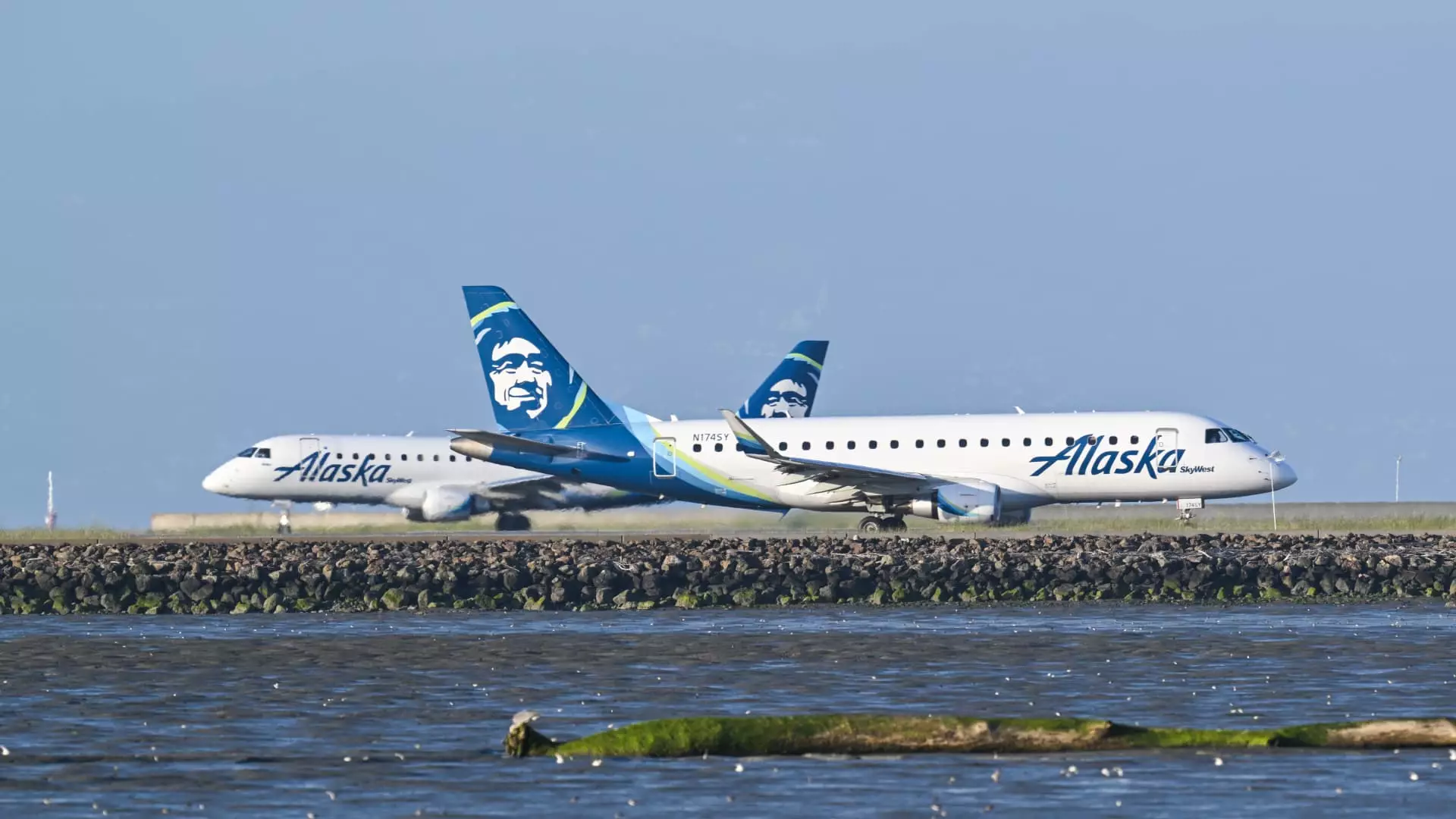Alaska Air Group is setting a formidable goal of enhancing profits by a remarkable $1 billion by 2027. The company’s strategy capitalizes on the burgeoning demand for upscale travel experiences, a niche that appears to be expanding in the post-pandemic era. This article delves into Alaska’s recent initiatives, acquisitions, and projected financial growth, while also considering the challenges that lie ahead.
In September, Alaska Air Group finalized its acquisition of Hawaiian Airlines for an impressive $1.9 billion. This transaction, completed in less than a year from the announcement, is a strategic move designed to broaden Alaska’s operational footprint. With this acquisition, the airline gains access to lucrative Pacific routes and wide-body aircraft, including the Boeing 787 Dreamliner and the Airbus A330. This diversification of its fleet allows Alaska not just to increase route options but also to enhance service quality for long-haul flights.
The two airlines are currently functioning under separate management, but this distinction will likely evolve as Alaska integrates Hawaiian into its broader operational framework. A notable development in the airline’s itinerary includes the impending launch of non-stop services from Seattle-Tacoma International Airport to Tokyo’s Narita International Airport, set to commence in May. Additionally, flights to Seoul’s Incheon International Airport are planned for October 2025, reflecting Alaska’s commitment to expanding its international presence.
Financial Projections and Shareholder Returns
Alaska Air Group’s financial outlook is ambitious, forecasting pre-tax profit margins between 11% and 13% by 2027, alongside earnings per share exceeding $10. The airline has also recently authorized a massive $1 billion share buyback. This strategic move not only serves to bolster shareholder confidence but also underscores the airline’s commitment to delivering value in an increasingly competitive market.
As the airline navigates through 2024, anticipated earnings—expected to be between $3.50 and $4.50 per share—incorporate results from Hawaiian Airlines, showcasing the immediate impact of the acquisition on Alaska’s profitability. Furthermore, Alaska’s fourth-quarter estimates have been revised upward, demonstrating robust operational performance as the company adjusts to evolving market demands.
Alaska is poised to capitalize on the rising trend toward premium travel services. The airline’s Chief Financial Officer, Shane Tackett, revealed plans to enhance premium seat offerings across their fleet, particularly focusing on Hawaiian’s Airbus A330s. This refinement is a direct response to changing consumer behavior, where customers are increasingly opting to purchase seats in first class and premium economy rather than relying solely on complimentary upgrades.
The strategic alignment with Bank of America to introduce a new premium credit card is another facet of Alaska’s approach to revenue generation. This co-brand deal aims to cultivate customer loyalty and generate income even when customers are not traveling. By staying attuned to passenger preferences for enhanced travel experiences, Alaska is positioning itself to be a leader in the premium airline segment.
Competitive Landscape and Market Position
Alaska Air Group’s positioning within the Seattle market remains strong; it holds a commanding 55% domestic-passenger market share, significantly outpacing rival Delta Air Lines, which holds 24%. However, Delta does capture a larger share of international traffic from Seattle, indicating areas where Alaska has the potential to grow. The airline’s plans to offer new lounges in high-traffic airports, like San Diego International, are aimed at elevating customer experiences and cultivating brand loyalty.
While Alaska appears to be on a growth trajectory, it is not without its challenges. Compliance and safety issues surrounding aircraft production have raised concerns; a significant incident involving missing bolts in one of Alaska’s Boeing 737 Max 9 aircraft illustrates this point. Alaska’s leadership remains committed to collaborating with Boeing to prioritize quality and safety over production rates as they negotiate new delivery schedules.
Alaska Air Group’s vision of achieving $1 billion in additional profits by 2027 is ambitious yet grounded in strategic initiatives that prioritize customer experience and shareholder value. As they integrate Hawaiian Airlines and adapt to market trends toward premium travel, Alaska is not just aiming to grow geographically but also to enhance its brand equity through superior service. Nevertheless, navigating the complexities of aircraft production and a competitive landscape will require ongoing vigilance and agility. The coming years will be critical in determining whether Alaska can successfully realize its ambitious goals while establishing itself as a leader in the airline industry.


Leave a Reply